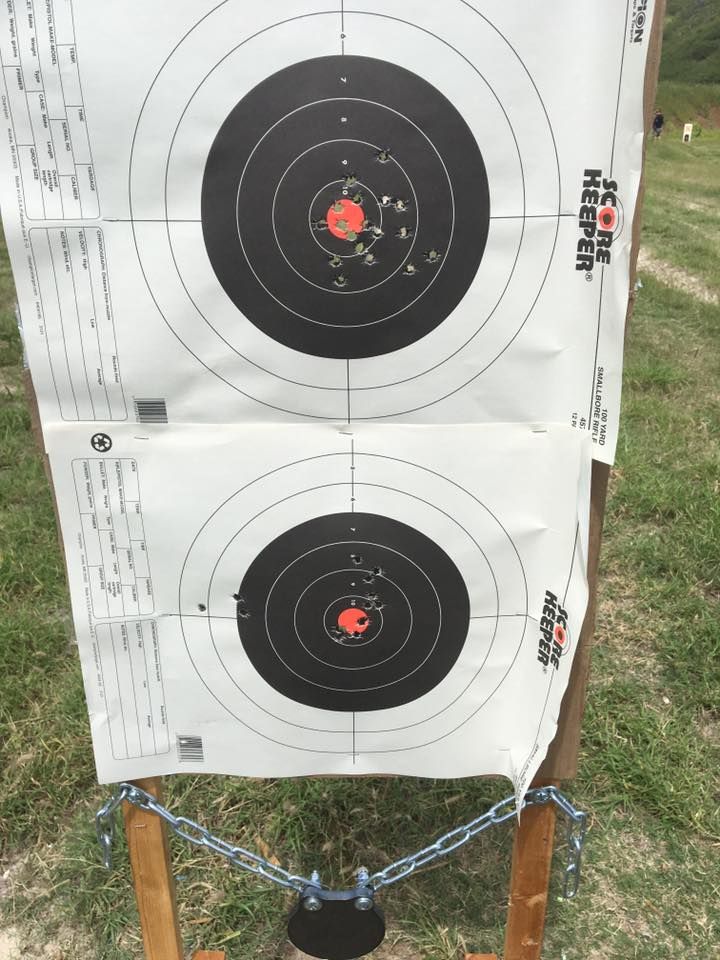The first photo shows cases with what appears to be flaws in the brass, A lot of brass is cheap and this shows up after a few reloads, shooting and reloading has exposed the flaws....don't reload these.
The second photo shows incipient case separations on the far left and center case. Not the lube dent on the shoulder, that's no problem....That line right below the shoulder , next firing and the case could separate.
It happens from firing and resizing , military rifles are generously chambered , the sizing die brings the brass back to factory specs. The more you work the brass the sooner they wear out. This is common in military rifles. I had a Model 95 Mauser in 7x57 that after 3 reloads that little line would show up, only by using a neck sizing die could I extend the life of the cases. My Mauser developed the line in the exact same spot.
Get some new quality brass and adjust your sizing die to size a fired case just enough to allow the bolt to close, no more , and see if this helps.
You could also try a neck sizing die and this would allow reloading without resizing the case body, extending case life.
Gary




